Not only men, but the history of world exploration also honors many female explorers. They not only set new records but also inspire other women to continue proving themselves and conquering new lands.

Jeanne Baret is believed to have discovered Bougainvillea, a flower she named after the leader of the expedition.
From 1766 to 1769, Jeanne Baret, a French botanist and explorer, became the first woman to circumnavigate the globe aboard the Étoile, as part of Admiral Bougainville’s expedition.
At that time, French women were prohibited from boarding naval ships, and she had to disguise herself as a man to join the expedition, taking the name Jean Baret. The expedition departed from France in 1766. Throughout the journey, her primary role was to collect plants, stones, shells, and assist naturalist Philibert Commerçon.
Jeanne Baret is also credited with discovering and naming the Bougainvillea plant—a purple flowering vine named after the expedition leader, Louis Antoine de Bougainville. She returned to France in 1775, lived in Saint-Aulaye until her death in 1807.
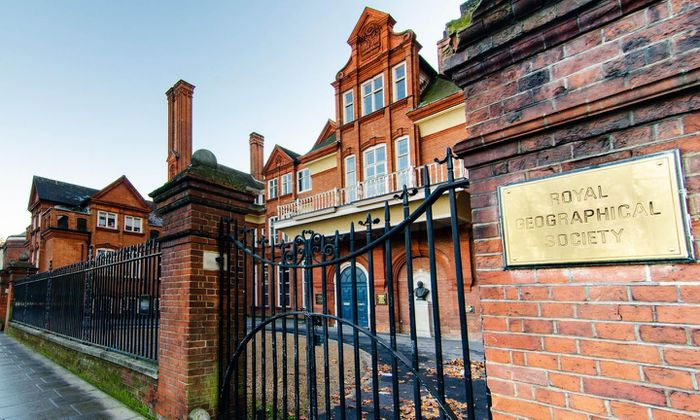
The Royal Geographical Society in London, where Isabella Bird became the first female member.
Born in 1831 in England, Isabella Bird was a renowned naturalist, writer, and photographer. She traveled extensively around the world and wrote books about her experiences. Despite facing health issues, dangerous terrains, and even assaults, Isabella persevered with her journeys well into her old age.
Her first trip was to America in 1854. She then traveled to Australia in 1872, followed by Hawaii, and back to America. In 1878, Isabella Bird arrived in Asia, exploring countries such as Japan, China, South Korea, Vietnam, and Singapore. Even at over 60 years old, she visited India, Tibet, Iraq, and Turkey. Her final journey was to Morocco, after which she returned home and fell ill, passing away in 1904.
For her contributions, Isabella Bird became the first woman to be appointed a member of the Royal Geographical Society in 1892.
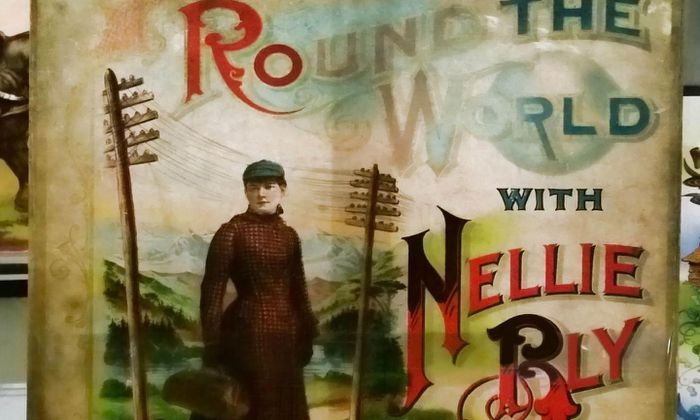
The cover of the book written by Nellie Bly, documenting her trip around the world in less than 80 days.
Inspired by Jules Verne’s famous book “Around the World in 80 Days,” Elizabeth Cochrane, known as Nellie Bly, completed a journey around the world in just 72 days, setting a world record at that time.
Nellie Bly was a famous journalist in America and also helped lay the foundation for investigative journalism.
In November 1889, she began her journey of over 40,000 kilometers aboard the ship Augusta Victoria. She traveled through England, France, Italy, Egypt, Sri Lanka, Malaysia, Singapore, Japan, and returned to America in January 1890.
Specifically, her journey lasted 72 days, 6 hours, 11 minutes, and 14 seconds, establishing a new world record for the fastest time to circumnavigate the globe.

Annie Londonderry began her journey around the world from the Massachusetts State House in Boston.
Annie Londonderry was born in Latvia but immigrated to America in 1875. In 1894, she set off on a bicycle from the Massachusetts State House in Boston, bidding farewell to her husband and three young children.
She then boarded the ship La Touraine to France and traveled to the Middle East, Sri Lanka, Singapore, Vietnam, China, and Japan. After returning to America, she cycled through many cities from the west coast to the east coast.
She returned home to Boston in September 1895, just 15 months after leaving. The New York World described her journey on October 20, 1895, as “the most extraordinary journey ever undertaken by a woman.”
Although many details surrounding the reasons for her journey remain unclear, it still serves as a significant source of inspiration from that era.
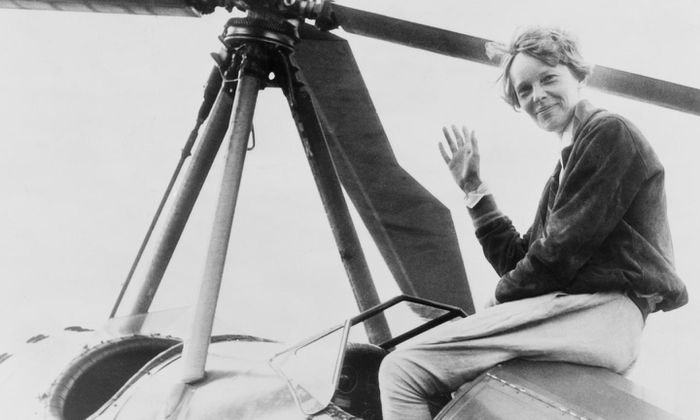
Amelia Earhart waves from her plane in 1932 after becoming the first woman to fly solo across the Atlantic Ocean.
Amelia Earhart was born in 1897 in Kansas, an American aviator and author. She began flying lessons in 1921. Less than eight years later, in June 1928, she became the first woman to fly across the Atlantic. At that time, her plane, named “Friendship”, took only 21 hours to fly from Trepassey Harbor in Newfoundland, Canada, to the other side of the Atlantic at Burry Port in Wales.
Not stopping there, she went on to set the record as the first woman to fly solo across the Atlantic in 1932. She continued to make flights across the Pacific, from Mexico City to New Jersey. Unfortunately, in an attempt to fly around the world, she and her plane went missing at sea in 1937.
For her courageous journeys, she became the first woman to receive the prestigious Distinguished Flying Cross from the United States for being the first female pilot to fly across the Atlantic.
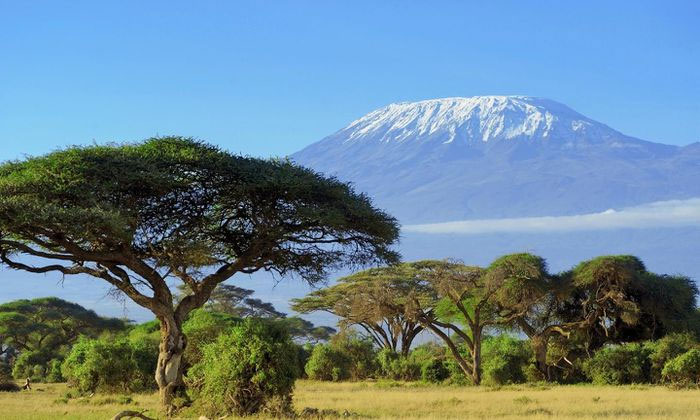
Sheila MacDonald became the first woman to conquer the summit of Kilimanjaro at the age of 22.
In 1927, at just 22 years old, Sheila MacDonald became the first woman to reach the summit of Kilimanjaro. At that time, very few people could successfully climb Kilimanjaro, and even her male companion had to give up.
Kilimanjaro is the highest free-standing mountain in the world, rising 4,600 meters from its base, and is the tallest peak in Africa. Sheila MacDonald inspired others. Kristina Schou Madson currently holds the record for the fastest woman to climb Kilimanjaro, completing it in 6 hours, 52 minutes, and 54 seconds. In 2018, Montannah Kenney became the youngest person to summit Kilimanjaro at just 7 years old.
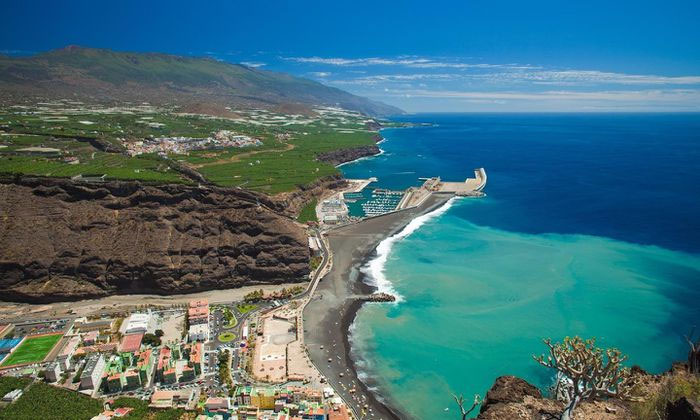
La Palma in the Canary Islands is where Krystyna Chojnowska-Liskiewicz began her round-the-world adventure.
In March 1978, Krystyna Chojnowska-Liskiewicz set off from the Canary Islands near the coast of Morocco, on a sailboat built by her husband. She then crossed the Atlantic to the Caribbean Sea, through the Panama Canal to the Pacific Ocean. After passing Australia and the Indian Ocean, she rounded the Cape of Good Hope to return to her starting point.
Covering over 3,000 nautical miles in 400 days, this Polish sailor became the first woman to sail solo around the world.
Just two months later, sailor Naomi James retraced Krystyna Chojnowska-Liskiewicz’s journey, and many have followed in the footsteps of these women. Laura Dekker currently holds the record as the youngest girl to sail solo around the world, accomplishing this at the age of 16.

Jessica Nabongo is the first black woman to visit every country in the world.
Jessica Nabongo is an American of Ugandan descent. She achieved the milestone of becoming the first woman of color to set foot in every country in the world in October 2019, after arriving in the 196th country, Seychelles.
Jessica Nabongo has a significant influence in the travel community, with her Instagram account currently boasting 200,000 followers, and many supporting her journey. She shares that she travels to broaden her mind and observe people and cultures: “I am not too concerned with loud entertainment. I just want to be there, like spending hours at a cattle camp in South Sudan or sitting at a market in Malawi just to watch men play Bao (a popular game in East Africa).”
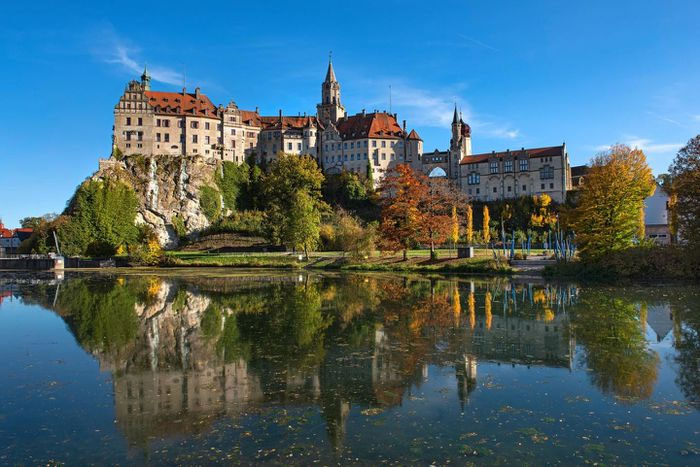
Bertha Benz made the first long-distance trip by car from Baden-Württemberg, Germany.
Bertha Benz was born on May 9, 1849, in Pforzheim, Germany, into a wealthy family. She was the wife and partner of Karl Benz—the inventor of the first true automobile and co-founder of Mercedes-Benz.
In 1886, Mr. Benz introduced the Patent-Motorwagen—the first automobile in the world, with three models. Among them, the third model (Patent-Motorwagen No.3) was produced in limited quantities. However, Bertha Benz clearly saw the potential of this invention. Therefore, on the morning of August 5, 1888, she left a brief note for her husband on the kitchen table saying she was going to visit her mother, and quietly set off with her two sons, Eugen and Richard.
The Benz family lived in Mannheim, while the destination for the three of them was Pforzheim, about 90 km away. This journey was also the first long-distance trip made by automobile.
Now, travelers can embark on a similar journey starting from the state of Baden-Württemberg in Germany by following the Bertha Benz Memorial Route.


















































